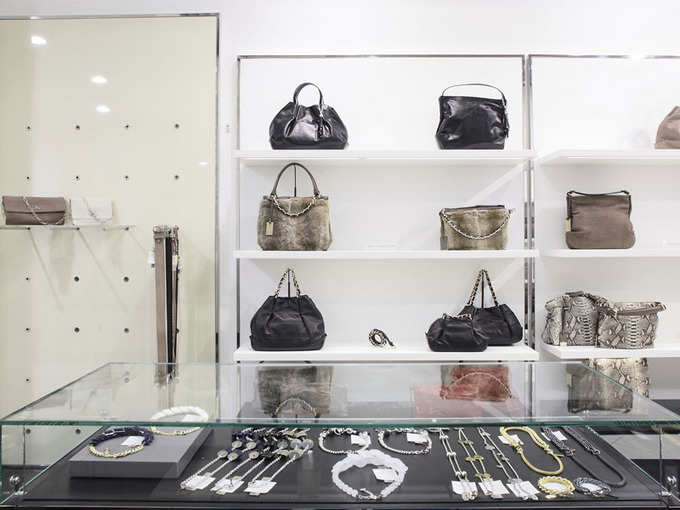 Those who have watched director
Those who have watched director Indians have warmed up to global luxury brands for some time now. But the trend over the recent years is so obvious that you cannot ignore the growth of this segment as a separate business space. While Hermes,
Brands such as
Walking on Jimmy Choos and Cavallis is the ‘New India’ that is showing all signs of turning the market in favour of global brands. Although India’s share of the global luxury market is a paltry 1-2%, luxury retails – both national and international – are in a hurry to set up shops in the country. And the main reason that the industry experts attribute to this positive growth is the fact that Indians are more ‘brand aware’ now, owing to their foreign jaunts. Well-travelled consumers and a stable
The current and upcoming shopping malls across the country must be another key driver behind the luxury market growth in India. They have provided a truly conducive atmosphere for shopping, bringing in a lot more footfalls and ensuring a lot more exposure to luxury brands. Earlier, when the luxury brands operated in star hotels, the customer base was restricted owing to several factors. But today, Indian shopping malls have gained character and a retailer can clearly pick and choose which mall would be ideal to set up shop, depending on the mall topography other co-existence factors. More luxury brands in one mall are bound to attract an exclusive crowd with a taste for luxury items.
A study by ASSOCHAM and YES Bank has laid out some facts that sound extremely encouraging for the Indian luxury market, which has attracted scores of global players. In spite of the economic slowdown, the Indian luxury market is pitted to grow at 25% till 2015 and is expected to touch $15 billion. Last year, India was an $8.5 billion market for global luxury brands. The bullish outlook is anticipated to continue unscathed in the luxury sector spanning products such as apparels, home décor, pens, watches, jewellery, wines & spirits, spas and even yachts – a heady mix of both lifestyle and individuality-defining products.
Cars and electronics are among the most attractive segments across the Indian market. The Benzs, BMWs, Rolls Royces, Audis, Jaguars are not rare sights in metros.
The key growth driver is the upper middle-class who has banked on the new education system for the high net worth jobs of the future and subsequently, has cashed in on the current growth. A relevant analysis will reveal that their aspiration to climb the ‘consumer ladder’ is owing to the fact that they are, in fact, driving India’s growth.
They are a small segment but then, luxury brands are not exactly looking at taking the country by storm. Although India comes next only to China when it comes to its appetite for luxury brands, the kind of growth it has triggered is quite interesting. About 150,000 high net worth individuals, with a net worth of $600 billion-$3.1 million and with earnings more than Rs 10 lakh per household, have been fuelling this unprecedented growth across the top 10 cities in India.
What can trigger further growth for India and be mutually beneficial is the reduction of import duties (currently 20-150%) and introduction of easy
Image: ThinkStock